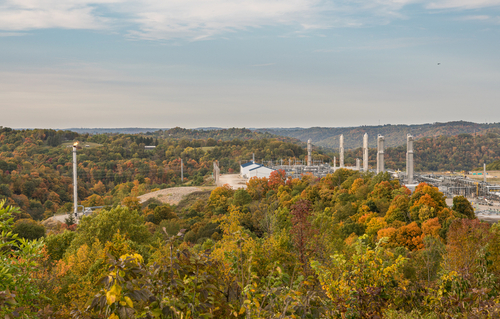
The most recent report from the U.S. Energy Information Administration shows that Appalachia is responsible for one-third of all natural gas production in the United States, a trend being driven by Pennsylvania.
EIA’s report said U.S. natural gas production set a record in 2021, exceeding the previous record set in 2019. The 3.5 percent increase in 2020’s natural gas production was driven by increased production in Texas and Pennsylvania. In both states, production grew by nearly 1.5 billion cubic feet per day between 2020 and 2021. Pennsylvania overlays the Appalachian Basin, which helped the region increase its production.
The Appalachian Basin produces 31 percent of the natural gas in the country. The Permian Basin and Haynesville Basin, overlaid by Texas, produced a combined 28 percent. The rest of the country produces the remaining 41 percent. That’s in sharp contrast to just over a decade ago when Haynesville and the Permian Basin, along with Appalachia, produced just under 30 percent of the U.S. natural gas production, and the rest of the country produced 76 percent.
Natural gas production decreased in the Federal Offshore Gulf of Mexico from 9 percent in 2010 to 2 percent of U.S. natural gas production in 2021. The EIA blamed aging wells for declining productivity, a focus in the region on oil development, the high cost and complexity of undersea production, and exposure to hurricanes. EIA anticipates production will continue to decline in that region and will only partially be offset by new projects.
U.S. natural gas imports accounted for 11 percent of the country’s total supply in 2010 but accounted for none of the total supply in 2021, EIA’s report found. Instead, exports of natural gas have been growing each year since 2016, driven by liquefied natural gas exports, which reached an all-time high in 2021.